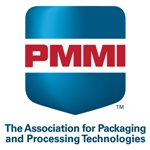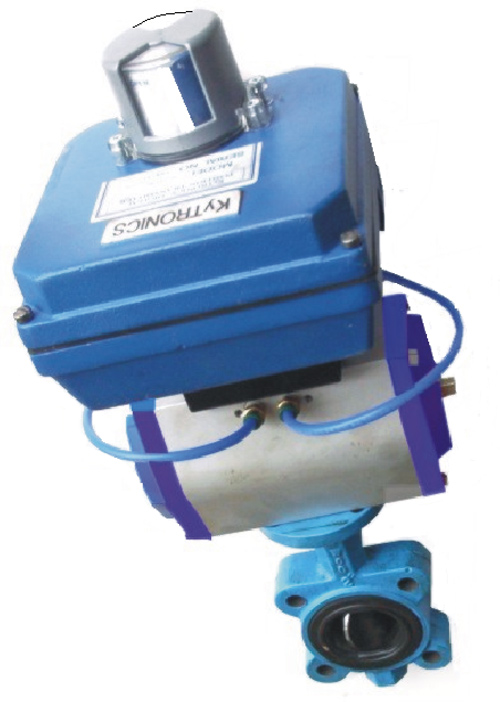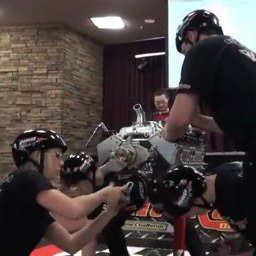As a young girl who always wanted to be a writer, I always loved the idea of fountain pens. They were classic and beautiful and the style of writing they made was—to me anyway—so sophisticated. I had one once but have since misplaced it in the mess of my office.
But the design in this video from Edison Pen Co. is really unique—it uses basic pneumatics to fill the ink sac and also to empty and clean it as well. So move over 3D pens, I’m going old school with this pneumatic fountain pen!
It works like most pneumatic systems. It features a compressible sac that stores the ink, and pulling the piston out of the pen’s tube creates compression and vacuum. When you pull back the piston while holding the pen in an inkwell, it compresses the sac, then inflates the sac with ink.
As the manufacturer says, he designed the pen mostly because it was cool, but also because it offers a much better ink capacity than traditional pens that use a pressure bar to release the ink. The pressure bar cannot totally evacuate all the air out of the sac, so you’ll always get air in the sac. The pneumatic system eliminates this, because the sac will be totally compressed and there will be no pockets of air in the sac. So instead of getting about 0.8 or 0.9 ml of ink with the traditional style, the pneumatic pen gets about 1.25 ml of ink.
While this is not an elaborate industrial pneumatic system, it is a good example of the simplicity of pneumatics, and how all one needs to demonstrate it is a piston/plunger and some air in a tube.
Edison Pen Co.
www.edisonpen.com
Filed Under: Pneumatic Tips





